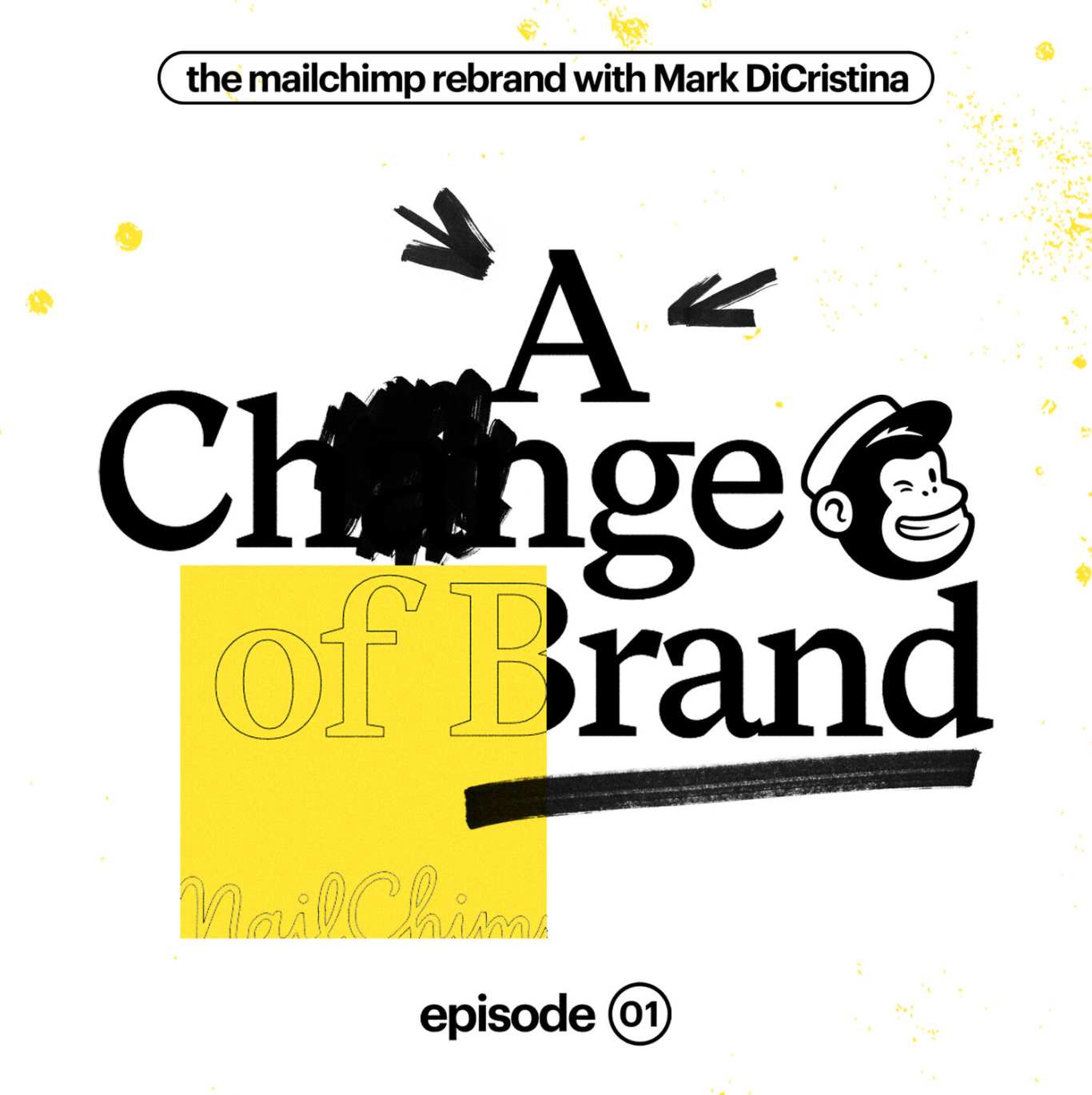Death of the Jingle
(3 min read)
How many jingles can you remember? What were they selling? Perhaps they reminded you that when you’re out of Schlitz, you’re out of beer. Or to give me a break (give me a break) and break me off a piece of that Kit Kat Bar. The jingle has a long and storied history, but you may have noticed a distinct decline in the marketing earworms over the past few decades.
What happened?
The good folks at Cheddar did some research and put together an entertaining trip through the jingle timeline. From its humble origins as melodic sales pitches from street vendors to the bastardization of great pop songs, the jingle has come a long way in a short amount of time.
This should come as no surprise.
As we know, the link between music and memory is deep. It was only a matter of time before that link was exploited for the glory of The Almighty Dollar. Jingles imbed brands and messages into our brains with catchy, simple hooks so that we can easily recall their products, services, or websites. That association is hard to deny, so no matter how annoying it may be you still remember Fanta (don’t you wanna?) or Meow Mix.
But it hasn’t always been rainbows and sunshine. After decades of jingle domination, their novelty and campiness became outdated. This led to several attempts to modernize them, including adapting major pop hits to fit the messages of brands like Pepsi. Then everyone wanted to have the next cool indie band as the soundtrack to their products. Add in the invention of the DVR and the rise of streaming, commercial time has never been lower. The valuable “only-three-channels” repetition that a brand like DoubleMint gum had to work its way into our ear holes is gone.
It’s no wonder that the jingle has nearly gone extinct.
Shrinking attention spans and shrinking ad times have also meant a shift towards strategies like the audio logo. Perhaps this is just the next evolution, creating G.I. Joe sized jingles before the next era of marketing through music and memory takes over our primitive monkey brains.



